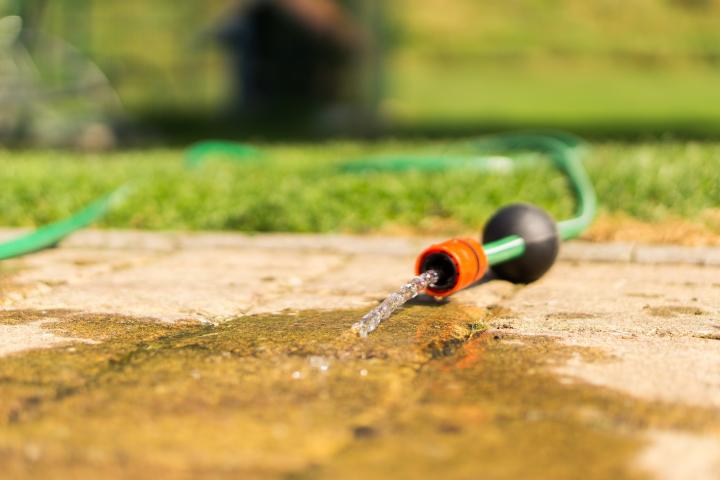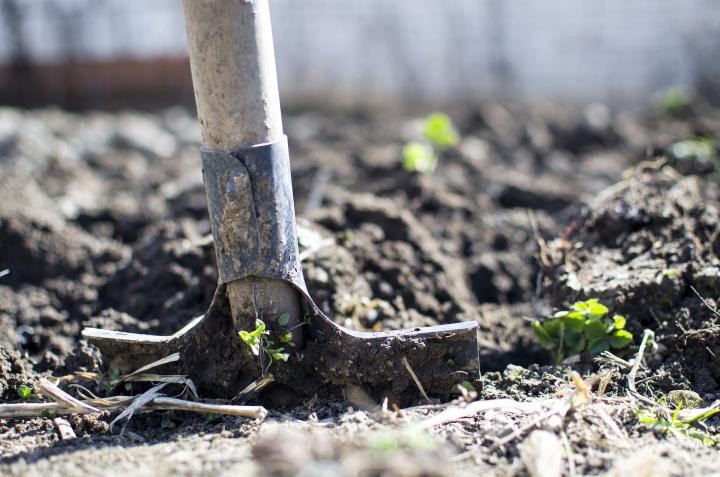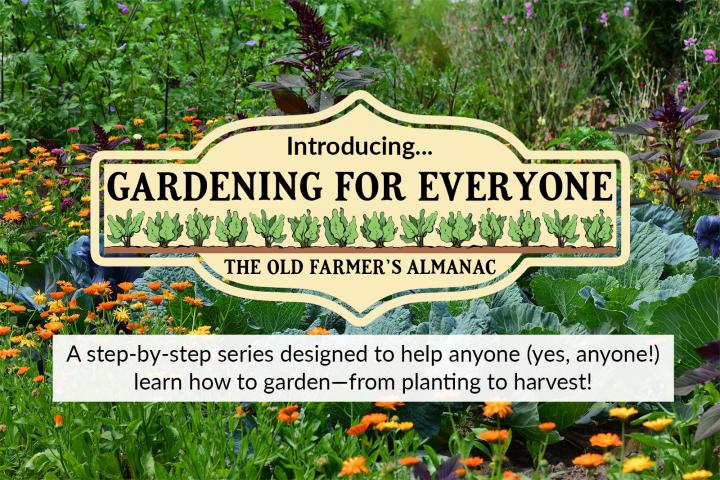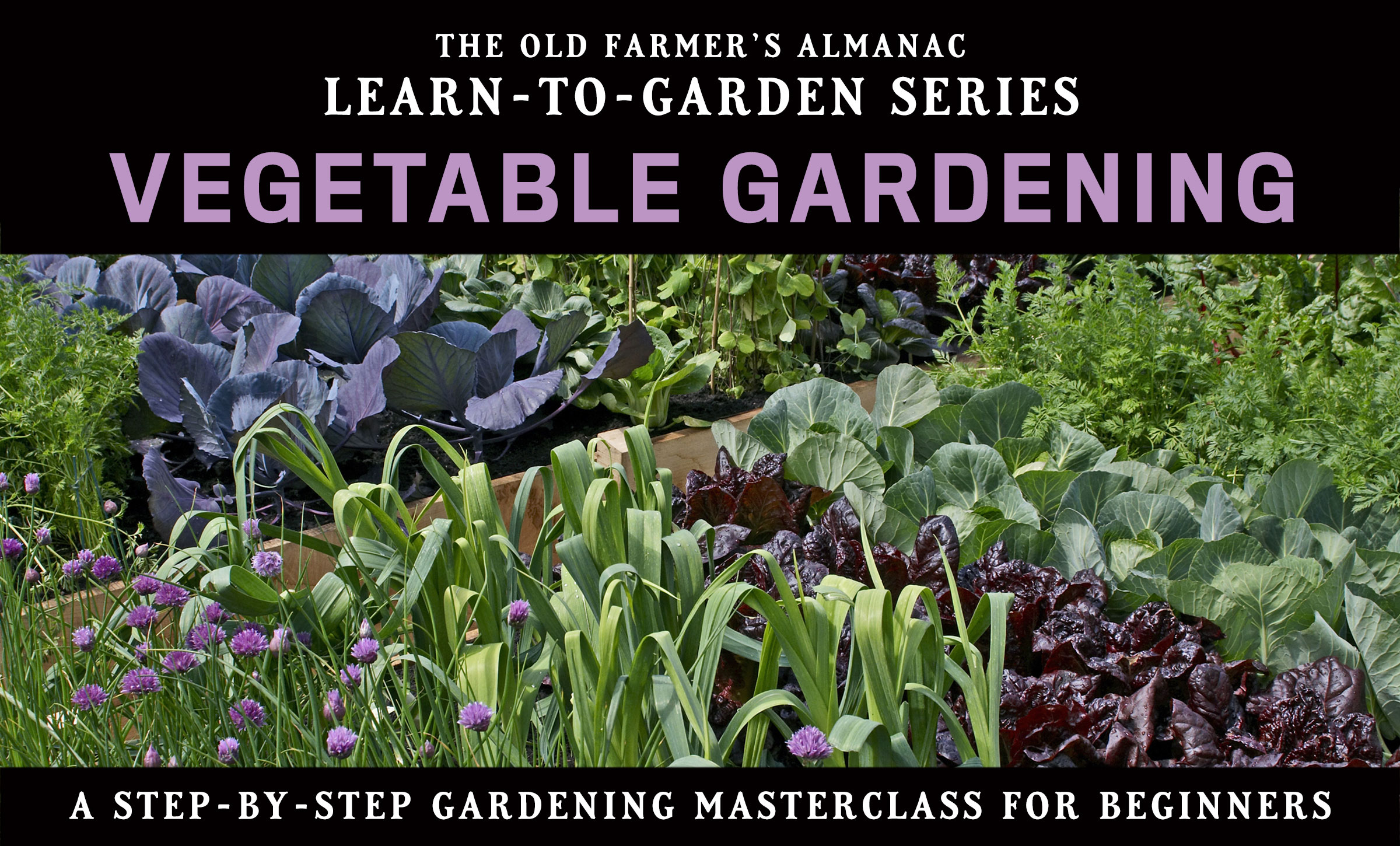When it comes to planning a new garden, it’s all about location, location, location! Knowing where you put your garden is critical to its health. Here are seven key factors to consider when selecting a gardening site.
The Top 7 Things to Consider When Starting a New Garden
No matter if it’s your first garden bed or your fifth, it’s key to consider the following factors when planning out your gardening site. Since plants can’t just get up and move, it’s important to consider the natural benefits that your garden’s location offers. These things should be taken into account no matter which method of gardening you’re employing—in containers on a balcony, in raised beds in your front yard, or elsewhere.
For more advice on getting started with gardening, see our related article: Vegetable Gardening for Beginners.
1. Sunlight Exposure of Your Garden Location
One of the most important factors to consider for vegetables as well as flowers—if not the most important factor—is sunlight exposure. To thrive and do their best, most vegetables need “full sun,” which is defined as “at least 6 hours of unobstructed sunlight per day.” In most cases, more light (8 hours) is even better.
Some crops, such as broccoli, lettuce, spinach, and other greens, can tolerate less sunny spots (described as being “partial sun” or “partial shade”). In general, the more sunlight your garden receives, the greater the quantity and quality of your crops.
Tip: In cooler climates, a suntrap or cold frame is ideal for tender crops. In hot climates, growing under shade cloth or in the shadow of taller climbing plants, such as pole beans, helps to expand the choice of what you can grow in these conditions.
2. Water Accessibility
Be sure water is nearby and readily available near your gardening site. Nothing burns out a beginning gardener faster than having to lug water to thirsty plants during a heat wave. Plus, having water nearby means that you’re a lot less likely to skip out on watering if you’re feeling a bit lazy one day!
Extra water is likely to be necessary during dry spells, so locate new garden beds close to an outdoor water source. The soil near walls, fences, and overhanging trees tends to be too dry for good plant growth, which is why an open area is best.
Water conservation should also be something that you take into account when planning out your garden. Read more about watering here.

3. The Garden Site’s Protection From Wind
Be sure your location is protected from heavy wind. Shelter from winds is helpful for most crops, especially those that grow upright and produce abundant amounts of fruit, such as tomatoes, peppers, eggplant, peas, beans, and any other climbing vegetables.
Strong winds dry out plants and soil and can topple extra-tall plants like corn and sunflowers. Wind also causes most plants to reduce transpiration and growth. Cold, dry winds are the worst, as they suck moisture from plants, searing leaves and causing wind burn, which destroys leaves and flowers.
Bear in mind that solid walls or fences may provide shelter, but they can also cause the wind to form destructive turbulence on the sheltered side, so don’t plant too close to them. Hedges and open or woven fences are more effective, as they filter wind rather than deflect it.
4. Soil Quality of Your Garden
The ideal garden location has rich, loamy soil. If you have lousy or too-thin soil, you are out of luck, or you’re going to need to do some work to prepare the soil for growing (see below). One quick way to judge the quality of your soil is to look at your yard, especially if you have a lawn. If it’s lush and healthy, then you probably have decent soil.
”Loamy” soil is composed of almost equal amounts of sand and silt with a little less clay. A good ratio is 40 percent each of sand and silt and 20 percent of clay. This is the ideal composition for growing most plants. If your soil has too much clay or too much sand, this will be a problem, and you will need to amend it with organic matter. Clay soil that remains wet for too long will suffocate plants, while sandy soil may drain too quickly, parching them. Both conditions inhibit nutrient absorption by plant roots.
Good soil drains well. If you wish to test the drainage in your garden soil, dig a test pit about 1 foot deep, wide, and long. This pit will reveal if there is standing water under the surface. It will also allow you to observe how the soil drains. To test, add ½ gallon of water to an already damp pit and time how long it takes to drain. If it takes a number of hours, that’s OK, but if it takes days, water may pool under the surface in the summer when you irrigate, suffocating roots and creating anaerobic soil conditions.
The very best way to figure out the quality of your soil is to get a soil test done. Many university extension services will test your soil for a small fee (or for free), providing you insight into its structural quality (sandy, loamy, or clayey), as well as its pH level (acid or alkaline?) and its nutrient health (considering nitrogen, potassium, and other necessary elements that plants need to grow well).
Of course, if you’re growing in containers or raised beds, you do not have to worry as much about the soil under your gardening area. For raised beds, however, you should still consider getting your soil tested, as plants’ roots may eventually extend beyond the raised bed itself. This is especially important in urban and suburban areas, where lead and other harmful materials may be a concern.
→ Learn more about preparing soil for planting and soil amendments.

5. Level Ground or Gentle Slope for Your Garden
The ideal vegetable garden location is on level ground or a gentle slope. In choosing a location, avoid any low spots that stay wet in the spring. Also, avoid gardening at the bottom of a slope, as air can form a frost pocket.
Notice the topography—the landscape—of your property. Cool air descends, and warm air rises, so low spots are cooler than upper slopes. Frost pockets, where cold air is trapped, can occur in depressions and extend frost periods. North-facing slopes are shadier and cooler, whereas south-facing slopes are sunnier and warmer. Hillside soil is shallow, while valley soil is deep and rich due to erosion from above. Water runoff makes hillsides drier, whereas the bottom of the slope may be wetter. Also, higher elevations tend to be windier and drier, especially in winter.
6. Microclimate Factors of Your Garden Location
Almost every yard has microclimates, which are areas with differing weather conditions brought about by natural or manmade factors. Examine your space and consider nearby structures, trees, shrubs, hard surfaces, and other factors when you select your garden site.
- Nearby Structures: A structure such as a house, fence, shed, or high wall will cast shade and lower temperatures on its east-, north-, and west-facing sides at varying times of the day. Meanwhile, the area on its south side will be warmer. Frost pockets may occur on the windward (wind-facing) side of the object. In warm seasons, the ground in the shaded areas retains moisture longer. However, the leeward (downwind) side of the vertical object will limit rainfall, making the adjacent ground drier. Nearby trees and hedges should also be taken into consideration.
Structures may help shelter plants from strong wind but can also create wind tunnels where the wind is redirected, such as at the end of a fence. Walled courtyards offer warmer and wind-sheltered protection inside. Fences, walls, and hedges trap blowing snow into tall drifts on their windward side, potentially crushing plants located there.
- Shade: Deciduous trees act like structures, but they also have other impacts due to three-season shading. The ground under a tree canopy is slightly warmer and less prone to frost, although a tree canopy traps rain, making the ground underneath drier. This is further magnified with shallow-rooted trees such as maples, which will compete with other plants for moisture.
- Hard Surfaces: Rooftops and nonabsorbent materials—concrete, asphalt, and stone—are impervious surfaces that do not allow liquids to pass through. They can create water runoff issues, with water channeled to areas depending on the slope of the surface. This occurs not just at ground level; even roof runoff from clogged gutters can drench foundation plants and encourage deadly root rot.
Being dense and impenetrable, impervious surfaces also affect temperature. Sidewalks, driveways, roads, walls, or patios made of nonpermeable materials absorb and release heat. Even a house can absorb heat during the day and release it at night, so adjacent areas, especially on the south side, will be warmer at night.
7. How Much Work to Create a Garden?
When considering the location of your garden, take into account how much work it will take to create a garden bed in the space you choose. Keep in mind that you may need to:
- Tear up grass and topsoil
- Dig up large rocks or roots
- Amend the soil if it has too much sand or clay in it
- Erect a fence to keep deer and other critters out
- Build a raised bed
- Keep out weeds or encroaching invasives
Gardening can take a lot of work, so start with a small bed and focus your energy on it for the best chances of success!
Free Online Gardening Guides
We’ve gathered all of our best beginner gardening guides into a step-by-step series designed to help you learn how to garden! Visit our complete Gardening for Everyone hub, where you’ll find a series of guides—all free! From selecting the right gardening spot to choosing the best vegetables to grow, our Almanac gardening experts are excited to teach gardening to everyone—whether it’s your 1st or 40th garden.
















